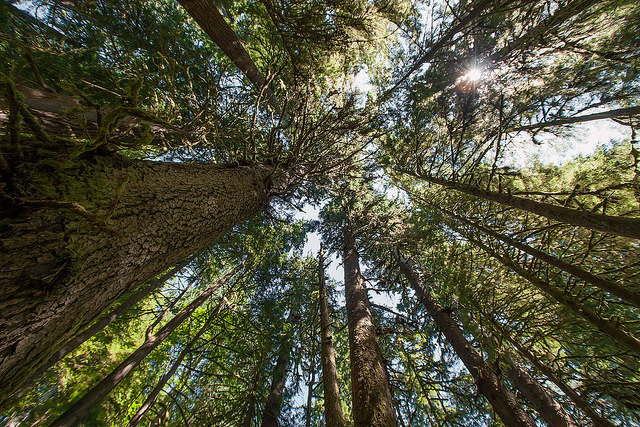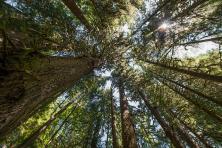When you envision a forest, what do you picture? A lot of trees, right? You most likely see trunks, branches, and leaves (or needles for those of us surrounded by evergreens). Or maybe you think of the tropical variety, with a thick canopy and a ton of biodiversity. But what you probably don’t picture is what’s under the forest floor: soil. Yet when considering the amount of carbon storage in the forest, it is what you can’t easily see that can have a huge impact on biocarbon. In most forests, the amount of carbon stored in the soil is greater than the amount stored in the trees. But how does it get there?
Previously, the prevailing thought was that most of the carbon held in forest soil originally came from decomposed plant matter: fallen trees, branches, leaves, needles, or moss. But it turns out that’s only part of the story. According to a recent Swedish study of boreal forests reported in Science magazine, what is really doing most of the work of carbon storage in soil are roots and what are growing on trees’ roots: mycorrhizal fungi. These little fungi have a symbiotic relationship with the roots, and they take carbon made from the trees via photosynthesis to add biomass at great depths under the forest floor. Or to put it more scientifically, they are “important regulators of ecosystem carbon dynamics.” So it turns out that organic layers in soil are increasing in carbon both from above and below ground. These aren’t just the mushrooms you’re familiar with seeing out in the woods, however. They are tiny thread-like structures that grow belowground. Along with the roots, it is this type of fungus that may produce from 50 to 70 percent of carbon storage in a forest, according to the study.
Another study regarding carbon in forest soil was recently published by researchers at the University of Michigan, who found that changes in newly forested land that was previously used for things such as mining, agriculture or industry can have a significant effect on the amount of carbon in the soil. Depending on how the land was used before it became forested, the amount of carbon stored in the soil can double within 20 years and continue to double every decade after that.
But why does it even matter where and how the carbon is stored in forests? Well if it is what’s underneath those trees that can have a big impact on carbon storage, this could be important regarding how we manage forests. Some have previously argued that once trees have reached maturity, their ability to absorb carbon from the atmosphere slows significantly. But if most of the real work is being done under the soil, disturbing the ecosystem by cutting down mature trees may destroy the fungi that depend on them, when those fungi could have continued to store carbon for years to come. Knowing exactly how carbon is stored in forests can help inform decisions by those tasked with forest management in terms of climate change.
Image

Biocarbon in forest soils: A lot more than meets the eye

